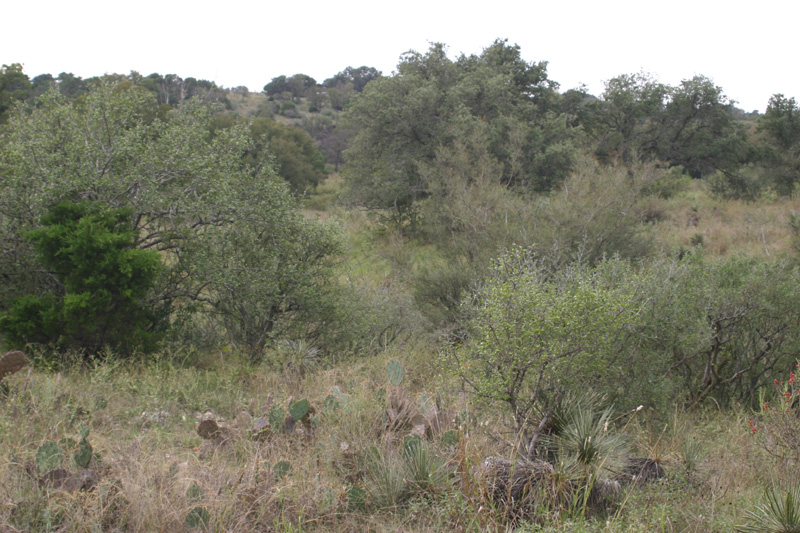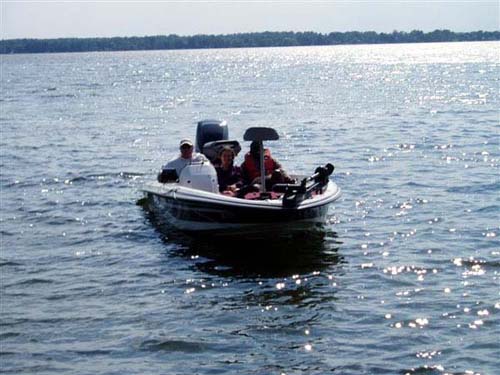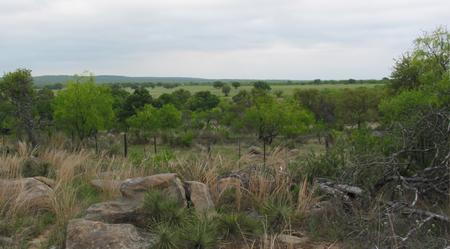Looking at the teeth of a deer can give you an idea of a deer’s age. It’s not a perfect science, but when it comes to wildlife management what really is? Wildlife, including white-tailed deer, do not lend themselves to close monitoring. However, biologists agree that analysis of tooth replacement and wear, though not perfect, is the most reliable method for aging white-tailed deer in the field.
Tooth wear works because regardless of where a deer lives, animals lose their “milk” teeth and wear out their permanent teeth on a fairly predictable schedule. At birth, white-tailed fawns have only four teeth. Adult deer have 32 teeth. This include 12 premolars, 12 molars, six incisors and even two canines. Continue reading Aging Whitetail Deer by Their Teeth


